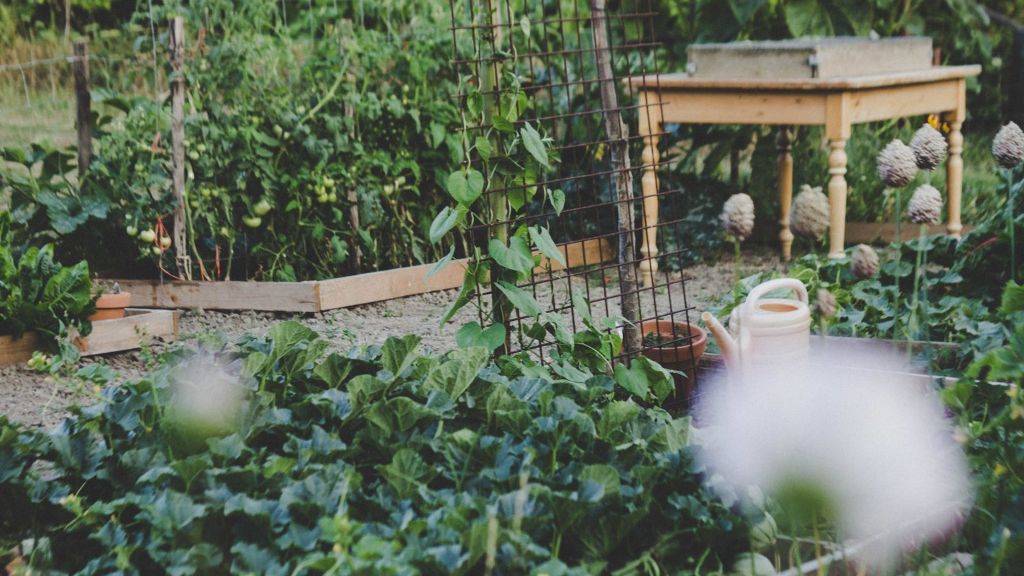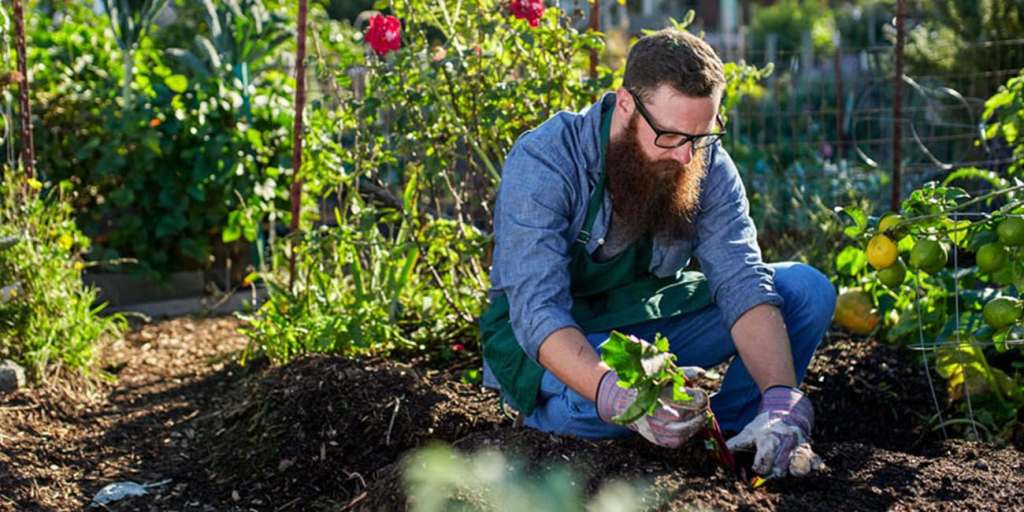If you keep a garden, then you know weeds are the enemy. Click here to learn about some of the most common weeds and how to get rid of them.
What’s not to like about having a garden?
When well-maintained, a garden makes any home look better and more inviting.
It also provides a number of health benefits to those who take care of it. And it’s great for the environment as well.
Of course, the operative word here is “well-maintained,” which isn’t that easy to achieve. As any gardener knows, you can’t have a beautiful lawn or garden without investing time, effort, and some money in it.
Now, part of this is weed control. Here, we’ll talk about some common weeds, plus some tips to on how to deal with them.
1. Dandelion
One of the most common garden weeds, dandelions are perennial plants with serrated leaves and a long, deep taproot.
They can easily overtake any habitat – gardens, lawns, and even ornamentals. So while you may think they’re pretty because of their bright yellow flowers, it’s best to treat them like the weed that they are.
To control their growth in your garden or lawn, you’ll have to pull them by hand or use mulches of wood chips or bark.
2. Crabgrass
As one of the most common lawn weeds, crabgrass is easy to spot as it looks exactly what it sounds like: a grassy weed. Aside from lawns, it also thrives well in both sunny and shady areas of a landscape or garden.
For effective crabgrass control, you can use pre- and postemergence herbicide. You can also mulch your lawn or garden, and hand-pull weeds as you see them.
3. Purslane
Characterized by fleshy, dark green leaves, purslane grows well in home landscapes and gardens. Per plant, it can produce over 2 million seeds and can live in your soil for years.
The best way to deal with purslane is to prevent it from growing in the first place. Weed prevention services are ideal, especially for beginner gardeners. But if you want to DIY it, you can use a preemergence herbicide or try a combination of synthetic and organic mulches.
4. Plantain
An all-season weed, plantain can grow on lawns, meadows, gardens, pastures, and so on. It has broad, flat leaves, dense, erect flower spikes, and small, angular seeds.
Mulching is the best way to prevent it from growing in your garden. But if you already have some growing in your garden or lawn, you can pull them by hand or use an herbicide.
5. Nutsedge
They look a lot like grasses, but nutsedges are thicker, stiffer, and V-shaped. When they grow in gardens or lawns, it’s often an indication that your soil drainage isn’t very good.
To keep them from invading your garden, mulch in the spring and hand-pull any weed that you see. Spot treatment with an herbicide is also recommended.
Dealing with Common Weeds: Watch out for the Others
Aside from the common weeds listed here, there are more garden and lawn weeds you should watch out for. Make sure to research them by reading as many weed identification guides as you can.
Remember, the more you know your enemy, the easier it is to beat them.
Need More Gardening Tips and Advice?
Now that you know more about common weeds and the best ways to control them, don’t stop there.
For more gardening tips and advice, feel free to browse the rest of the site. You’ll also find tons of other home-related stuff so keep checking back for more updates.























